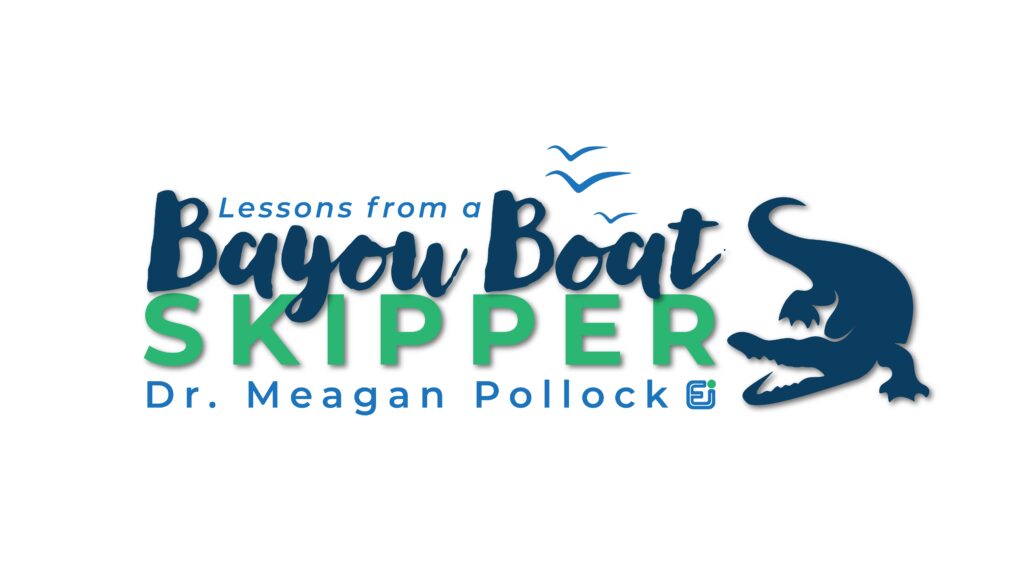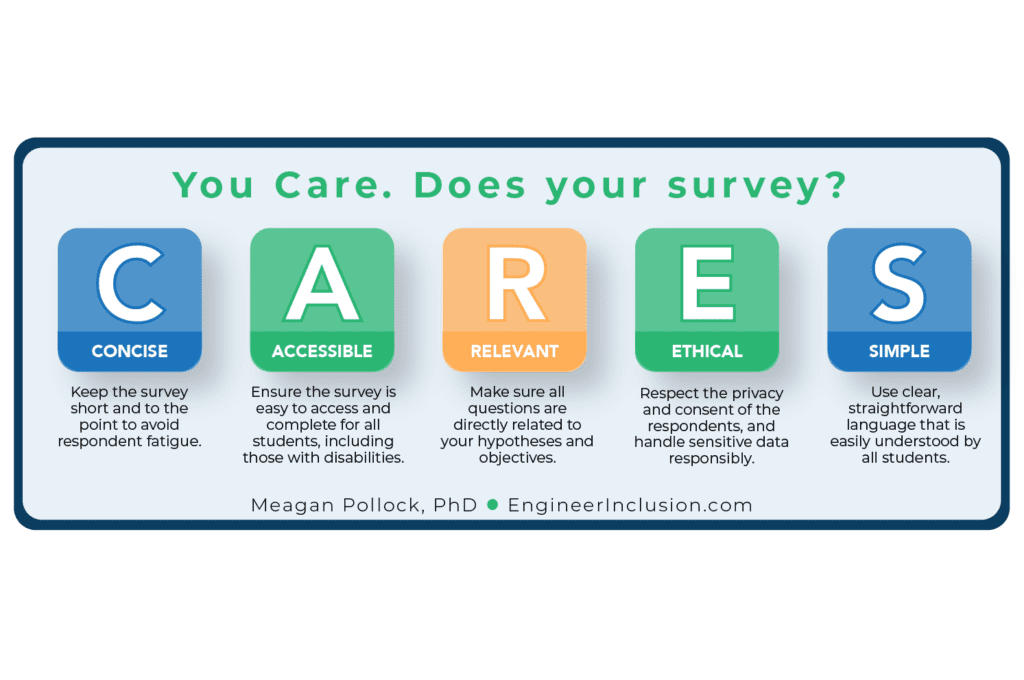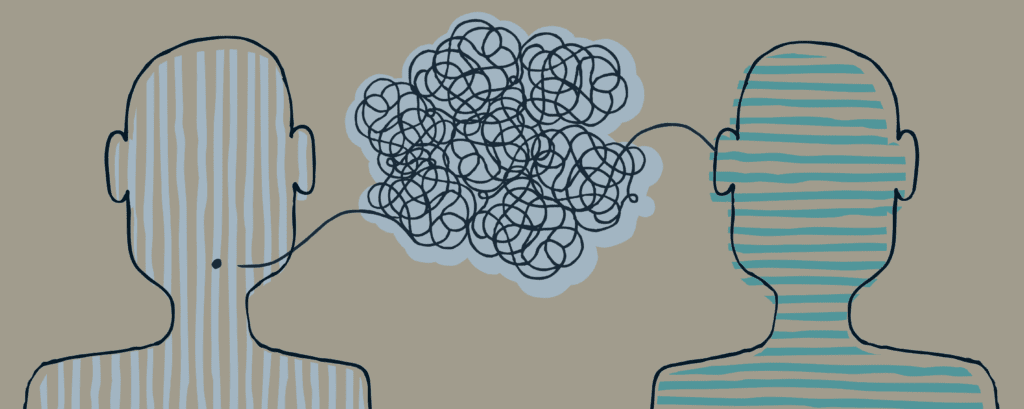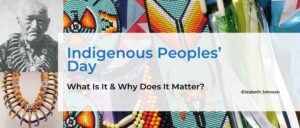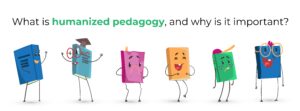ASSET MINDSET DEFINED
Asset mindset or strengths-based perspective is when a person’s cultural differences (ways of knowing, doing, or being) are seen as beneficial to the environment, as opposed to a deficit perspective, where cultural differences are perceived as detrimental. Asset/deficit perspective plays out at all four levels of the interlocking 4-I systems of oppression.
Excerpt from Chapter 38
Waking Up White and Finding Myself in the Story of Race
by Debby Irving
One night in my Wheelock class we were talking about the tension between the tradition in American education of expecting children to work quietly and independently and the growing evidence that peer learning is in fact a more effective strategy. Encouraging students to reason together and explain their thinking to one other, it turns out, results in higher levels of comprehension and proficiency. It piqued my curiosity to hear that while self-sufficiency and individual learning is a cornerstone in American schools, collaborative learning and interdependence have long been foundational in many other cultures. I discovered, for instance, that for children who come to the United States from Latin America, the idea of working independently goes against everything they’re taught at home. Likewise, studies have shown that African American students perform better in collaborative learning settings. Both of these cultures revolve around a collective orientation as opposed to an individual one.
The next day in my second grade classroom, Rosie, a Haitian student, jumped up during math to go talk to a classmate across the room. This had been happening all year, multiple times a day, wearing me down. With each attempt to intercept her before she could interrupt a peer hard at work, Rosie and I became increasingly frustrated. No matter how many times I told her she needed to stay in her seat, the pattern repeated itself. My colleagues and I saw this as a serious self-control issue and had even put together a chart with stars to motivate Rosie to stay in her seat. Nothing seemed to work. Her response to my daily interceptions was to look devastated, return to her seat, and put her head on the desk, crushed to the point that she couldn’t do her math. Both of us ended up feeling we weren’t doing our jobs well.
That day, with the idea of collective-oriented cultures fresh in my mind, I resisted the urge to correct Rosie when she jumped up and skittered across the room to a classmate’s desk. I watched to see if she was, in fact, trying to help someone. Without teacher interception, she was able to reach her destination. Rosie put her hand on her classmate’s back and leaned in to help her with a math problem.
At lunch that day I squatted beside her.
“Rosie, I saw you get up and help Kendall today during math.”
She gave me an “I know—whoops, sorry” look.
“It’s okay,” I said. “I’m starting to think you love helping people.”
Rosie grinned at me, “Yup.”
“I know a lot of times I’ve told you to sit when I notice you getting out of your chair.”
With a roll of her eyes, she nodded.
“Do you think some of those times it’s because you wanted to go help a classmate?” She beamed at me, put down her fork, and hugged me.
“So tell me about helping Kendall this morning,” I said. “How did you know she needed help?”
Rosie told me that from across the room that morning she’d heard her classmate mutter to herself, “I don’t get this.” Rosie’s instinct was to help her.
I told her how sorry I was that for the entire year I hadn’t understood that that was her intention. I told her how much I loved the way she cared so much about her friends and that I noticed how much everyone in the class loved this about her too. Then I explained that as great as that was, there were times when she really did need to stay in her seat because the teachers do want everyone to try to learn on their own as well as in groups. Later that afternoon the lead teacher, Rosie, and I went through each subject and talked about whether it was a work-alone class or a work-with-friends class. She got it.
Rosie and I were caught in a classic cross-cultural clash, one for which I was completely ill equipped. When confronted with cultural difference, my first reaction had long been to see what people didn’t have that I did, not what they might have that I didn’t. I saw Rosie’s “inability” to work independently as a flaw, a deficit, not her exquisite ability to tune in to the needs of others as a strength and an asset. The Rosie incident washed over me like a downpour, wiping clean my mindset’s muddy windshield, allowing me to see that every culture creates unique strengths. I will always see my experience with Rosie as the pivotal moment of my complete reversal in my approach to “others.”
Until I understood Rosie’s motive, and in particular her motive in relation to mine, the scene had played out day after day in a way that allowed each of us to feel misunderstood and undervalued. I had a story in my head about Rosie, one that said she couldn’t follow instructions, couldn’t sit still. Once I was able to see that I was asking her to conform to a value and behavioral style that contradicted hers, I could use the strengths from each of our cultures and try to make room for both. It allowed me to stop judging and instead guide her with intelligence and respect. I shudder to think how I, as an authority figure and an elder, had the capacity to diminish the way she felt about herself.
Rosie never lost the impulse to jump up and help, but now we had an understanding between us. I’d say “Pssst,” and with a smile, mouth the word “helping?” She’d freeze, raise a finger as if to say, “Oh yeah,” smile at me, turn around, sit back down, and get back to her work. Until I understood that my childhood of learning to value independence and Rosie’s childhood of learning to value interdependence were cultural differences, not right or wrong, I couldn’t have navigated this situation without judgment. By shifting from perceiving her behavior as a deficit to recognizing it as a strength, I freed Rosie from the oppression of feeling misunderstood and frustrated. To steal a line from Avatar, she felt seen. So did I.
Reflection and Discussion Prompts
- How did Debby shift her mindset and adjust her interactions with Rosie to see her as an asset to the classroom?
- Have you had a “Rosie?” Think of a time when you think you had a deficit view of someone. Were you able to shift to an asset mindset? How did it, or how could it have changed outcomes for that person?
- Debby learned about other ways of knowing and doing (in her case collectivism) and it gave her a new and expanded lens to look at and understand her students. In what ways are you actively seeking to expand your cultural lens?
- Use systemic thinking: Why are we more likely to adopt deficit mindsets for people from non-dominant groups? What can we do about it?

